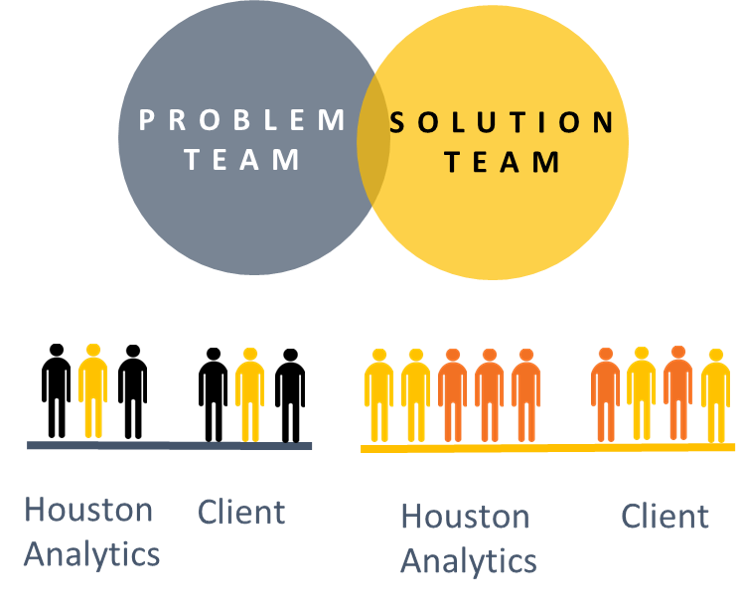AI still needs Human intelligence to develop useful solutions.
Is it better to have human or computer in drive’s seat? MIT Sloan Management Review together with Boston Consulting Group made recently a study where best results were reached by utilizing all 5 different interaction models:
- AI decides and implements
- AI decides, human implements
- AI recommends, human decides
- AI generates insights, human uses in a decision process
- Human generates, AI evaluates
As humans, also AI needs to learn before it can deliver any clever results. Learning can be done through data. Problem is that data often gets biased or there are misleading exceptions included into it. Humans can help AI by recognizing false positives from results or cleaning the data as it accumulates.
Situations and environments where AI is utilized are not static. As they change, also interpretations will shift over time and thus also the correct results might look different. This mean that learning has to be continuous. New input can be fresh data from changed environment, but it could also be validated and complemented with human input correcting potential exceptions. In some cases extraordinary results can be more obvious for human than for AI, as AI is basing judgement only to earlier lessons learned.
Interaction with humans bring additional benefits for learning and also for utilization efforts of created knowledge. It is also integrating the results of the learning efforts to organization’s processes and thus providing base for gaining the actual business benefits. The artificial intelligence is then converting towards tangible intelligence.
Another finding from same study was that it is beneficial to utilize cross-functional solution teams instead of pure AI teams. This approach was found to deliver more relevant results when goal was to solve real life business problems instead to AI research or piloting. I think this finding is well aligned with the approach currently utilized by Houston Analytics. In their approach they basically utilize similar cross-functional approach with the notch that teams have been split to problem team and solution team. Both teams include business topic experts complemented with AI and data experts working tightly together.
